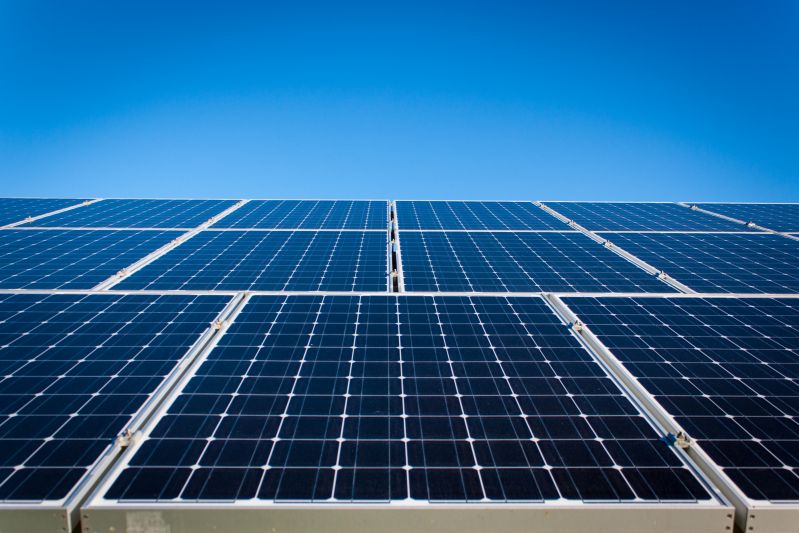Stand-alone System to Produce Drinking Water by Means of Solar Energy
Published on by Water Network Research, Official research team of The Water Network in Technology
Researchers from the University of Alicante's research group in applied electrochemistry and electrocatalysis have developed a stand-alone system for desalinating and treating water through electrodialysis.
The system is directly powered by solar energy and can be applied in off-grid areas.

Image source: Pexels, Labeled for reuse
Designed only for desalinating water, this is a sustainable, eco-friendly technology, as its energy is supplied by solar photovoltaic panels in a CO2-free process, thus not contributing to climate change.
According to research group director Vicente Montiel, “the new system requires no batteries and has none of the economic and environmental costs involved in managing empty batteries. Furthermore, it can be adapted and applied for treating water of many different origins, such as seawater, wells containing brackish water, treatment plants, industrial processes, etc., which makes it particularly well-suited to remote, off-grid areas”. In this sense, this equipment can be employed to obtain clean water for human consumption, irrigation, street cleaning and others, both when there is no energy grid available and after natural disasters, such as earthquakes, floods or fires.
Montiel also points out that “the technology we designed can be a potential solution to drought, just like osmosis plants”.
The research group already has a pilot and demonstration plant able to generate a cubic metre of drinking water every day. They are looking for companies interested in the commercial exploitation of the technology through licence and/or technical cooperation agreements.
“This is not a new technique, as in the Canaries electrodialysis has been employed for many years for desalination purposes”, Montiel says. “What is new about this UA-developed technology is that all electricity supplied to this system comes from a photovoltaic solar field”.
More specifically, this technique “can only be employed to treat water with a salt content exceeding that tolerated for human consumption or irrigation. If the water has other problems, for instance the presence of organic matter, this technology cannot be applied”.
A byproduct of all desalination processes is a certain amount of water which, despite the treatment, is unfit for human consumption or irrigation, as its salt concentration is much higher than it was before treatment, commonly known as “reject water”. The director of the group in applied electrochemistry and electrocatalysis states, however, that “with the UA-designed system, it is possible, for instance, to regulate reject water salinity so that it is similar to seawater salinity”.
Among other advantages, this new technology makes it possible to recover approximately 80% or 90% of all treated water. Besides, it makes the most of the maximum energy supplied by panels when exposed to sunlight, and its availability is also high, as it enables treated water accumulation for periods in which renewable sources do not provide enough energy.
Source: Universidad de Alicante
Attached link
http://www.youtube.com/embed/24UIeEwROUYMedia
Taxonomy
- Treatment
- Treatment Methods
- Drinking Water Treatment
- Filtration
- Resource Management
- Technology
- Filtration
- Integrated Water Management
- Sustainable Water Resource Management
- Solar Desalination
- Drinking Water
- Integrated Infrastructure
- Water Resource Management
- water treatment
- Integrated Water Resources Management (IWRM)